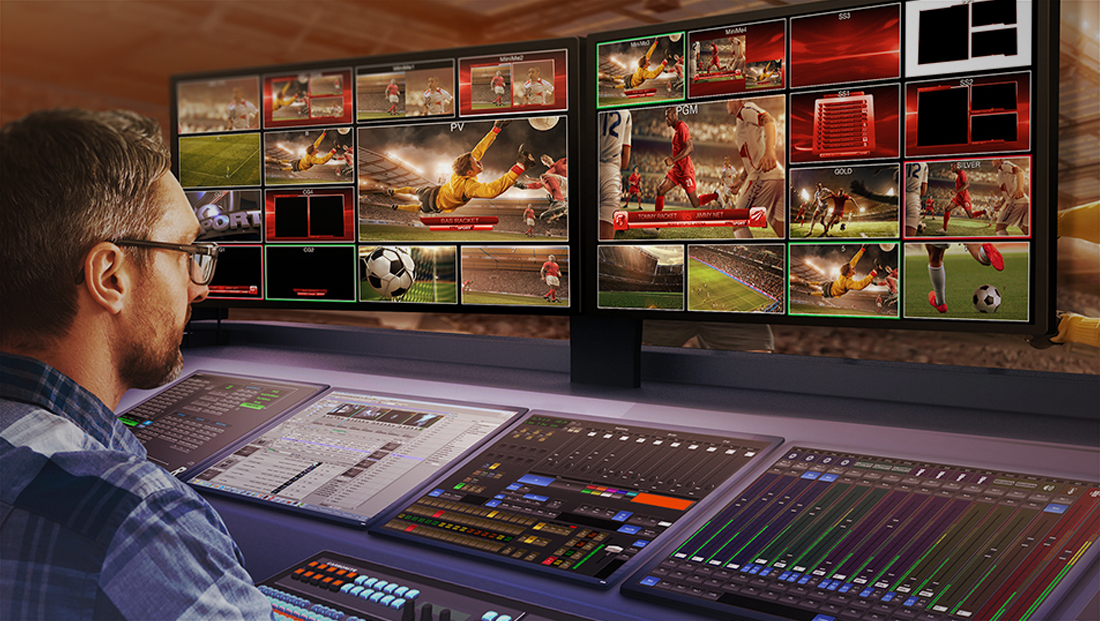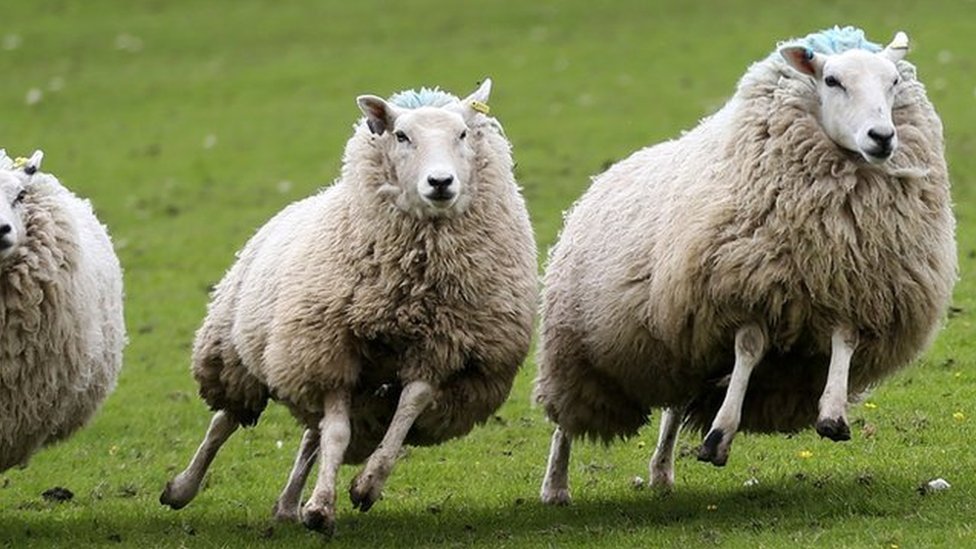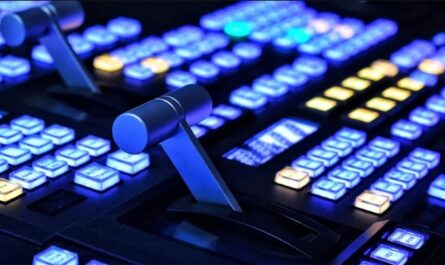Understanding Broadcast Switchers
Broadcast switchers play a crucial role in every television and video production by enabling the seamless switching between different video sources. In this article, we will take a deep dive into broadcast switchers – what they are, their types, features and applications.
What is a broadcast switcher?
A Broadcast Switcher is a device used in television broadcasting and video production facilities to select and switch between different video inputs. It allows the operator or director to transition between camera feeds, prerecorded content, graphics, titles and more. Some key components of a broadcast switcher include:
– Input panels: This allows various video sources like cameras, playback devices, graphics to be connected to the switcher. Modern switchers support HDMI, SDI and other common video interfaces.
– Program and Preview outputs: The program output displays the feed that is currently on-air while the preview allows checking the next feed before switching to it live.
– Transition controls: Buttons or handles to manually or automatically transition between sources with effects like cuts, dissolves or wipes.
– Mixer: Allows blending between two video sources for picture-in-picture effects or other composites.
– Automation: Advanced switchers have built-in or connected automation for complex switching via prerecorded schedules.
So in summary, a broadcast switcher is a device that facilitates the combination and switching of various video sources for TV and film productions.
Types of broadcast switchers
Broadcast switchers come in different types based on their size, capabilities and intended use. Some of the major types are:
Production switchers: Larger switchers used in television studios with control panels and many source inputs/outputs for complex live productions.
Field switchers: Compact units designed for location shoots and field productions with fewer but robust inputs/outputs that can handle mobile use.
Replay/playback switchers: Have integrated or connected video servers for instant Replay capabilities during sports broadcasts.
Master control switchers: Used in centralized facilities to switch feeds for distribution to multiple channels and playout systems.
Automated production switchers: Complex modular systems for large network shows with full automation control of sources and transitions.
The type of switcher needed depends on factors like number of sources, production complexity, desired capabilities and budget. Modern switchers can combine features of different types as well.
Key features of modern switchers
Today’s switchers incorporate advanced capabilities to better support HD/UHD, IP workflows and the complex demands of live productions:
High input count: Support 16+, even 32+ HD/4K-ready inputs via common interfaces.
Flexible I/O: Flexible inputs/outputs that can accommodate various video/audio formats and IP streaming.
Multi-definition: Capable of simultaneously processing SD, HD and Ultra HD resolutions.
Flexible control: Intuitive control via dedicated panels, touchscreens, software and even mobile apps.
Recording: Integrated media servers and clip/playlist management for instant replays.
Automation: Built-in or connected automation systems for complex live show switching schedules.
IP capabilities: Support IP interfaces and matrix routing for IP-based production workflows.
Live production tools: Features like chroma keying, picture composition tools, multicam capabilities etc.
Scalability: Modular, expandable and upgradable as production needs grow over time.
These features help broadcast switchers keep up with technology changes and production demands better.
Applications of broadcast switchers
Whether it is live sports, breaking news, talk shows or sitcoms – broadcast switchers form the backbone of nearly every television production:
– Live multi-camera switching in studios for news, talk shows and more.
– Live sports productions – switching between cameras, replays, graphics in fast-paced matches.
– On-location shoots and field productions for films, documentaries etc.
– Post-production switchers for editing raw footage from multiple angles.
– Master control rooms in broadcast facilities for playout to channels and distribution.
– Streaming/webcasting – switchers can output for live streaming online as well.
– E-sports tournaments, concerts, award shows – complex live switching setups.
– Broadcast OB vans equipped with ruggedized switchers for remote live shots.
In this article, we explored broadcast switchers in detail covering their definition, types, features, capabilities and applications across various domains of television and video production. Switchers are a core component that allows directors, engineers and technical teams to combine multiple inputs like camera feeds, graphics and replays to tell immersive visual stories. Their flexibility and scalability further helps adapt productions to evolving technologies and formats. Switchers thus remain crucial tools enabling the magic of live and pre-recorded broadcasts experienced by millions worldwide every day on their screens.
*Note:
1. Source: Coherent Market Insights, Public sources, Desk research
2. We have leveraged AI tools to mine information and compile it



